Courtesy of Motorsport Images
Every successful, standout group, team, tribe, brand and business have a clear why.
And if you don’t, then it will likely hold you back in some way. For example, it leaves the door open to ambiguity. It can lead to people in the wider organisation being left to their own devices to form their own kind of judgement on what it is that you represent. Not to mention your customers!
So you need to ask yourself a strategic question. Why do you do what you do? Not what you do or how you do it.
Because having a clear why - one that is defined by the group or team will simplify everything else and optimise your level of success. Having that clarity creates a common bond, a united set of beliefs, a vision and a mission all in one. For effective communication, it acts like an anchor that reminds you why you are bothering to do whatever it is you are doing for the future. It gives your team faith in the tough and stormy times and keeps you grounded and humble when things are really successful.
But how does this work if you lead a group that exists within a much larger organisation?
In his latest book, ‘Find your why’ written with his colleagues Peter Docker and David Mead, Simon Sinek talks about how this is still applicable within smaller groups in large organisations. So, you might be part of a multi-billion $ business and your part is comparably small, but your contribution may still be significant. Your group, however, may not quite relate to the rest of the business, because the product and therefore the challenge is different - consequently, your sub-culture is likely to be too. If this is the case, there is even more reason to define your ‘Why’ with key members of your team. Of course, your why should not be in conflict with the main organisation, but it should be specific to your group's culture and goals. It will also help shape your own unique personality and story which will be both an expression of you and one that better aligns with your particular market.
For instance, America has a Why - but then so too does Los Angeles and New York. The sub-culture of either City is unique yet they thrive within the larger culture.
This is what the authors of ‘Find your why’ call a ‘Nested’ Why. Nested ‘Why’s’ should always exist within the larger Why. This is important so as not to create a clash or any discordance with the larger organisation, but equally, it could challenge and provide the larger organisation with access to a model that is different, more agile, more innovative and undoubtedly more efficient at bringing new ideas to life. And more suited to its own particular challenges!
For example, the Mercedes F1 team aligns well with the main brand but the ‘why’, their challenges and their culture is quite different. This is absolutely required in order for it to perform at the necessary level.
This F1 team needs a different culture in order to make fast, informed and bold decisions, and adapt to changing circumstances whilst producing engineering excellence aligned to a fresh set of rules every year. The larger business needs a different set of skills and leadership that enables a different kind of success that is more conservative, standardised, slower to change, and with a longer and more complex supply chain and innovation cycle. And a lot of different customers!
It’s the difference between standardised product and customised product. Mercedes sold over 2 million cars in 2017, but only produce 2 cars for a Grand Prix. You get my drift.
But the value is symbiotic in that the innovation and excellence delivered by the F1 team create great value to the larger organisation in terms of branding, innovation, learning and discovery. And vice versa, the profit made from the sales of 2 million cars enables the F1 team to participate in one of the most expensive sports on the planet.
For those of us who need more proof or evidence that this is both a worthwhile and proven approach need look no further than simple biology.
As is revealed in the original Sinek book ‘Start with why’? The core of the old brain is the most powerful of all. If we can motivate and trigger this part then inspiration will flow. This is what the ‘Why’ speaks to. This is what keeps tribes together, it’s why people buy Apple, Nike, Harley Davidsons, Virgin, TESLA, Punk IPA etc. It is why one brand wins over another despite them seeming to offer pretty much the same product as their competitors.
The Why? triggers emotion and it is far more powerful than logic and reason in terms of motivation.
As is defined in the book Find your why, ‘The Why corresponds to the limbic brain, which is responsible for our feelings, such as trust and loyalty. This part of the brain drives all human behaviour and decision making but has no capacity for language. This is how we are hardwired; it is biology, not psychology.’
If you then add a powerful dose of storytelling and you’ve hugely amplified the power of your message and the clarity to which people understand what it is you stand for.
Because, as Sinek points out, people don’t buy what you do, they buy why you do it.
So, what is your why? Is it clearly articulated, does your team know it, buy into it or indeed use it to communicate?
Even more importantly, does it inspire your customers?
Because defining it could be the difference between coming in first, second, or third.
If you need help to find your why contact: marcus.timson@fmfuturenow.com

